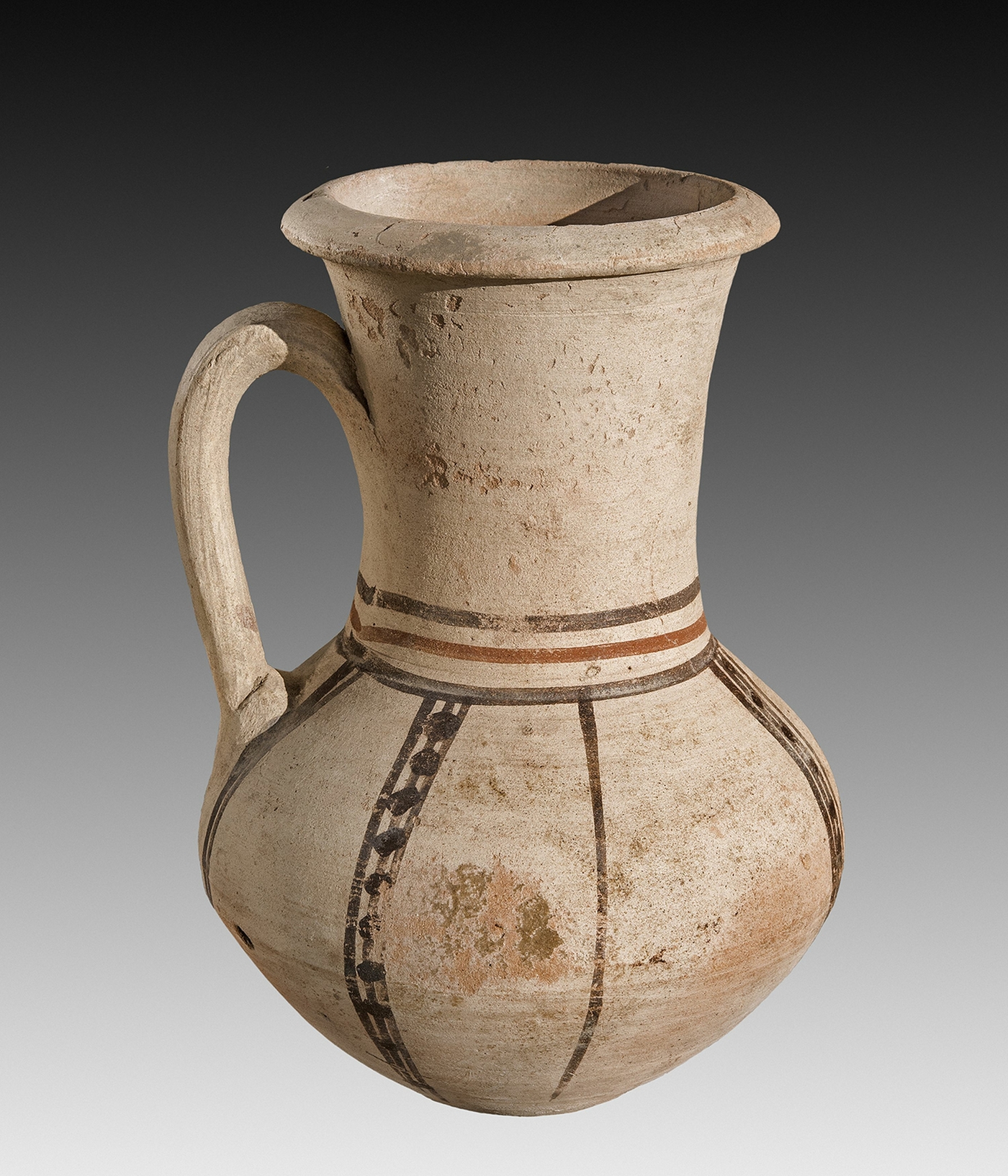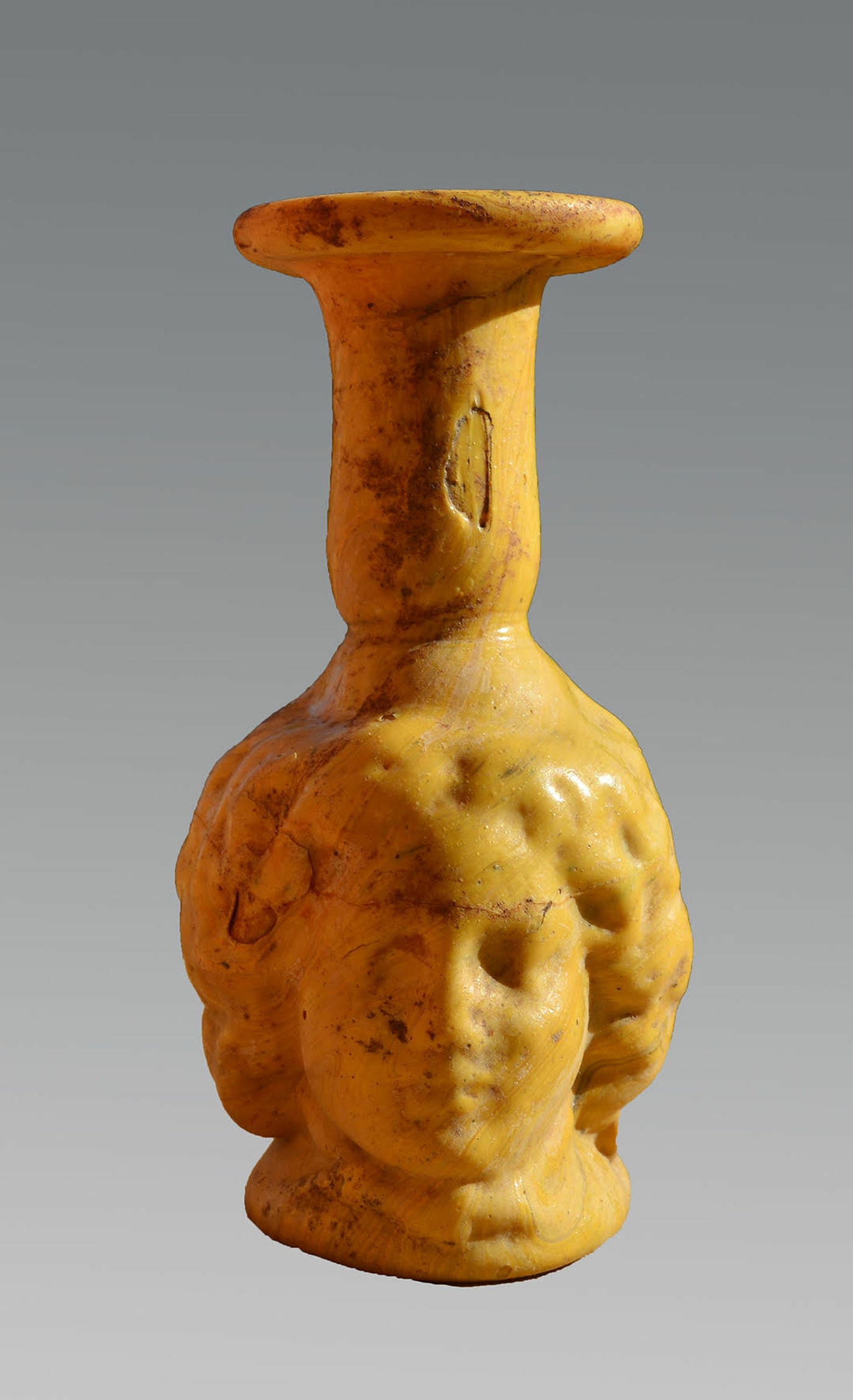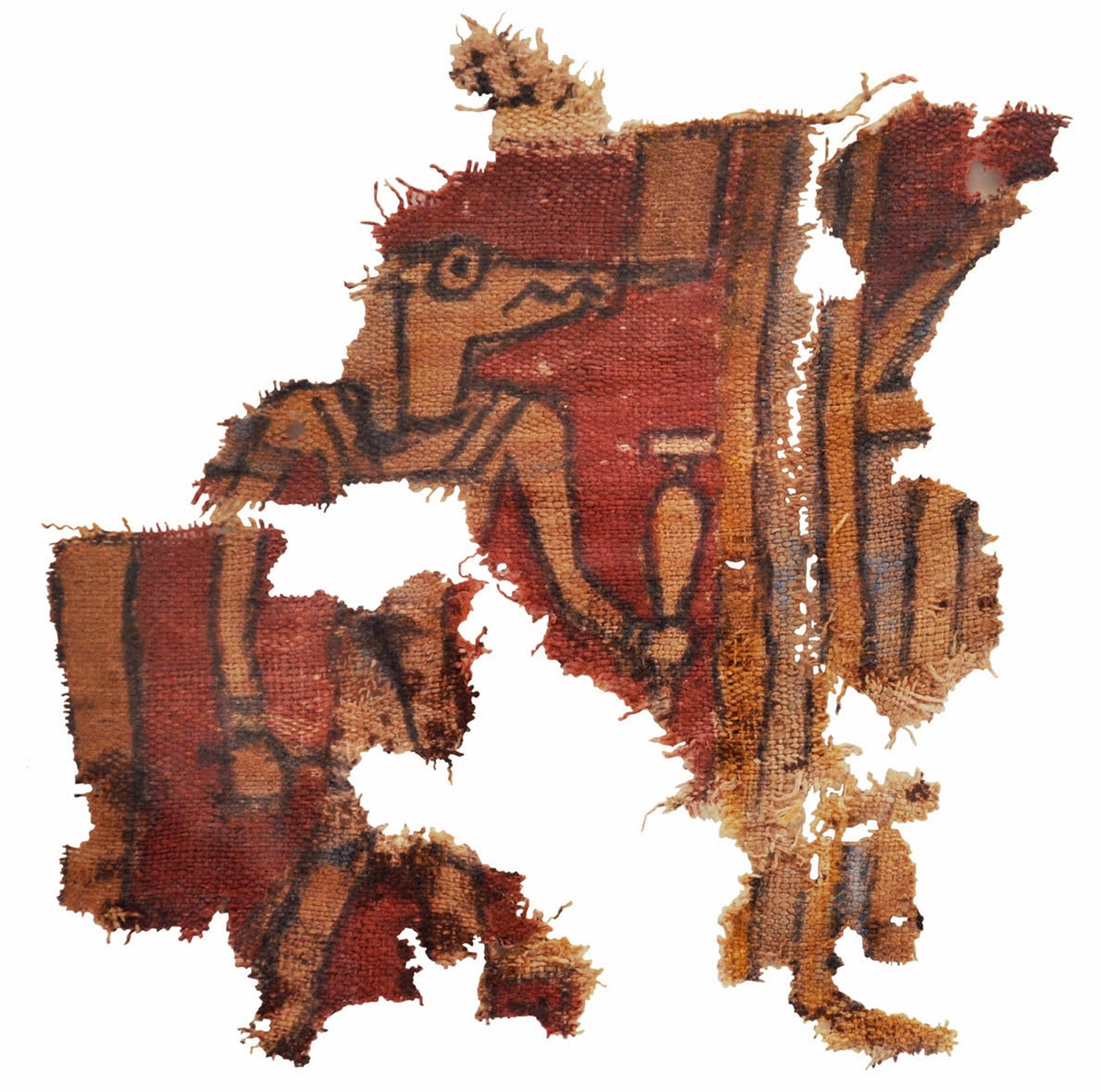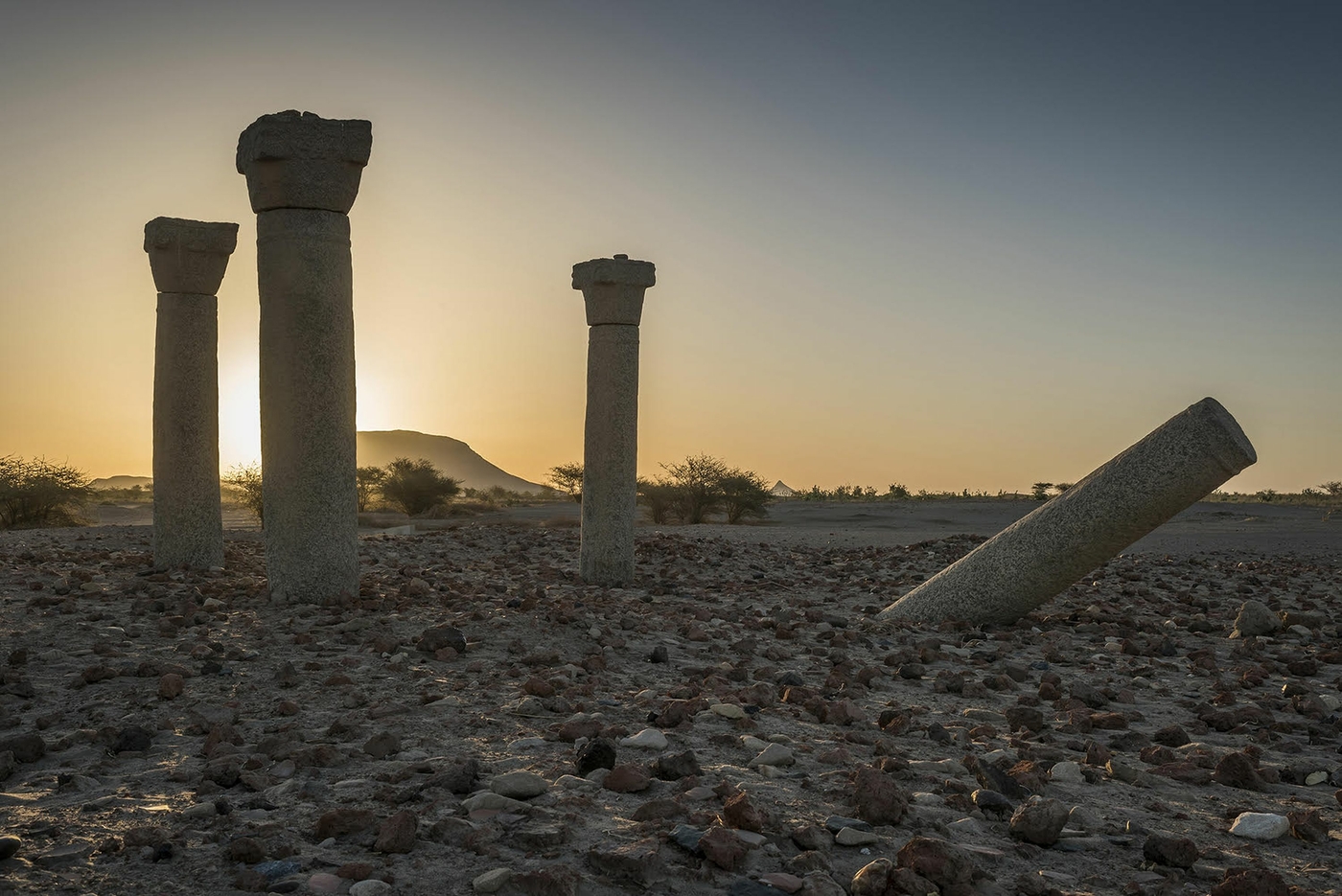Saï: an island at the heart of Nubia
The extensive archaeological remains found at Saï, which stood at the crossroads of the ancient cultures of Sudan and Egypt, shed light on the history of Nubia, from Prehistory to the present day. It provides fertile ground for research into the relationships between Pharaonic Egypt and its southern neighbours: the kings of Kerma, Napata and Meroe.

With the support of the Commission des fouilles, the Service des Antiquités, the SFDAS and the CNRS (UMR 8167 – Sorbonne Université), since 2017 a new team has been working on an archaeological map of the island and its heritage, now under threat. The excavations are currently focused on the fortified town founded early in the 18th Dynasty and the adjoining elite necropolises.
A strategic position
From the mid-3rd millennium BCE, the island of Sai became the largest population centre in the independent kingdom of Kerma outside the capital of the same name. Ideally located to the south of the rapids of the Second Cataract, and naturally protected by its insular nature, it stands opposite a spectacular network of Egyptian fortresses built during the Middle Kingdom to secure Egypt’s southern border and approaches to the gold mines of Nubia.
When war broke out between the two powers in the mid-2nd millennium BCE, Saï became a major strategic objective for the Egyptians who built their first town there in conquered territory. Initially a logistics bridgehead for the army, the site soon became a mighty fortified trading post with a temple and large administrative centre. The aim of the excavations currently being carried out in the town is to understand how the Egyptians and the Nubians cohabited and how their cultures influenced each other during this period.
Powerful Nubian kingdoms
Following five centuries as an Egyptian colony, Nubia regained its independence. Under the first Kushite sovereigns, Saï was incorporated into the kingdom of Napata (9th – 3rd century BCE), and then the kingdom of Meroe (3rd century BCE – mid-4th century CE) when the capital moved further south to the steppes of Boutana.
These kingdoms, resolutely pharaonic in essence, but Nubian in culture, represent a rich period in the history of Nubia when contact with Egypt and the great empires of the Mediterranean led to a radical transformation of society and beliefs. In Saï, the excavation of several Meroitic funerary complexes is shedding light on the specific structure of the kingdom’s provinces and their close ties with their northern neighbours.
A heritage under threat
Saï is unusual for how far back in time archaeologists are able to go. From fossilised trees, Palaeolithic and Neolithic sites, and its many habitats and necropolises, its remains cover every period to the end of the Ottoman occupation.
However, the recent development of farming in the region and the explosion of placer mining in Nubia pose a serious threat to this complex unique in Sudan. Every year the archaeological mission attempts, as a result, to add new information to the archaeological map of the island by carrying out archaeological evaluations wherever necessary. Besides marking, protecting and promoting the sites, archaeologists work over the long term with local communities by giving presentations in villages and schools.
Project supported by the French Ministry for Europe and Foreign Affairs on the advice of the Excavation Committee (Commission des fouilles).














